Sponsored by Kyushu District Transport Bureau
Kyushu is renowned for being a real mix of cultures. Situated just 800km from China, it’s the closest point in Japan to the Asian mainland and home to Nagasaki, a historic port city that was once a crucial link in European trade.
Saga prefecture embodies the romantic fascination with Japan: quaint wooden houses surrounded by bamboo groves and steeped rice fields that seem to be fresh out of a travel guide. The region’s history is depicted in the ceramics where you can see dramatic changes in techniques over the years, while the gastronomy represents the Japanese passion for fresh, seasonal produce. So many experiences await you in this part of Kyushu, a visit here will certainly not leave you disappointed.
Soba Noodles: From the Ground to the Plate in a Few Easy Steps
“Mix it harder,” said my teacher, taking control of the large bowl and vigorously flinging it around the table, fine plumes of pale flour drifting into the air. My first stop was Nishida Farm where I would experience making soba noodles from their homegrown ingredients.
The noodles are produced from buckwheat flour which makes them much healthier than their more starchy counterparts. They are incredibly popular in Japan due, perhaps, to their numerous health benefits such as being low in fat, high in fibre and a good source of protein. As I took my place at my workbench and tied my plastic apron around my waist, I was looking forward to learning more about how this staple ingredient of Japanese cuisine is made.
The process was simple but my teacher was nevertheless very attentive and meticulous, leaving nothing to chance. I glanced down at the laminated instruction sheet on my workbench which detailed all the stages in English.
The first stage was simply to combine buckwheat and soba flour and then gradually add water to bring the mixture together.
The second stage was much more strenuous and required me to knead the dough. My teacher took a moment to stand back and access my effort before encouraging more vigorous kneading. When we travel, we get used to observing these types of activities, and therefore it was fantastic to have the opportunity to actually participate and make something myself. The sticky dough collected around my fingers and I was sure that it would be a souvenir of my experience for the rest of the day.
Once the dough was sufficiently mixed, the third stage was to roll it to just the right thickness. The teacher watched me carefully, applying the occasional light dusting of flour to the sticky patches, and I have to admit that I found it quite challenging to make the circle the same thickness.
The final stage was cutting the dough into thin, long strips using a guillotine-style knife and a wooden block for guidance. The block was gradually edged across the dough in a flicking motion so that the noodles would be a more regular width.
The workshop reminded me to not take noodles for granted. Even though they are often mass-produced by machines, the best noodles are still made by hand. The noodles can either be taken home or cooked and eaten at the farm’s restaurant along with other local vegetables that they grow.
Arita Huis: Where France Meets Saga
The guide informed us that Saga is known in Japan for being incredibly self-sufficient, as people live off the rich, volcanic soil as much as possible. Over 400 years ago, a Korean potter named Lee Sampyeon discovered the mineral Kaolin, used to produce porcelain, in the area which gave rise to the region’s ceramics industry.
In the years that followed, Saga porcelain was sought after by wealthy aristocracy in Europe and the prefecture benefited from its close proximity to Nagasaki, a gateway to European trade. Nowadays, small pottery towns are dotted throughout this picturesque landscape and you can discover so many beautiful items on their shelves. The town of Arita is one of the most famous pottery towns in the area and Arita porcelain is typically white and blue with a shiny enamel surface. Blue was originally the only colour that would show up when the ceramics were baked and, even though other colours have since been developed, it is still the predominant style of Arita porcelain.
In Nishimatsuya, a district of Arita, a pedestrianized street was lined with ceramic shops where trendy Japanese couples enjoyed shopping for beautiful home products. Amongst the shops lies the French-Japanese restaurant, Arita Huis. A suspended crescent moon hangs in front of the restaurant and the large windows reveal an open-plan layout where you can see your food being cooked in the kitchen.
It’s a very inviting space and adorned with natural wood and stone that gives it a very contemporary feel. The clientele dined from a menu that included local chicken, beef, and pork. The food was served in a variety of styles but I had the barbecued pork with thick-cut chips, seasonal vegetables, and crusty French bread. The meat was tender and juicy and the bread was as fluffy as any found in France.
Many of the dishes were served on attractive Saga porcelain and the attentive staff ensure that your water glass is never empty. At the back of the restaurant, there was a small shop that sold unique kitchen products, many of which were made from Arita ceramics. It is a sophisticated environment where you can enjoy excellent food with an international flavour.
Kyushu Ceramic Museum: From the Past to the Present
After lunch, we went to the Kyushu Ceramic Museum, which houses the largest collection of Saga porcelain in the region and is the ideal place to learn more about the various styles.
The museum, a large modern building overlooking the whole city of Arita, is adorned in white Arita porcelain tiles and showcases many examples of how the style has changed over the years.
The ground floor features a collection of over 10,000 pieces that were donated by Akihiko and Yuko Shibata between 1990 and 2003. The pieces, collected over many years, show the profound changes in style and manufacturing techniques that took place from the early Edo period to around the year 1860.
The exhibition is arranged chronologically and was akin to delving into a history book. Saga’s rich porcelain heritage can be further seen in the Kanbara Collection, a permanent display donated to the museum by a former Arita resident, Kanbara Hakaru, who collected the pieces from Europe. Wealthy Europeans had purchased the items during the boom years of Saga pottery and some date back 300 years. The museum gives you a sense of the heritage of Saga porcelain and, even those who are not interested in history will be charmed by the ornate pieces.
Okawachiyama: A Visit to Saga’s Porcelain Past
As the sun was setting on our day in Saga prefecture, we stopped at a small, picturesque mountain village for a walk amongst its quiet streets. Okawachiyama is located on the outskirts of Imari which, like Arita, was one of the first towns in Japan to produce this type of pottery. Around 30 workshops line the small streets and visitors can explore the village on foot and enjoy purchasing crafts in the independent stores. During our visit, most of the shops were closing for the day but the town suddenly took on a more mystical appearance as the streetlights cask eery shadows on the cobbled streets.
Many of the workshops still have their original chimneys and you get a sense of what life was like in the past eras of pottery production.
Warakuen Ryokan: Refined Luxury in a Traditional Setting
A trip to this part of Japan would not be complete without a stay in a local ryokan, or Japanese inn. For centuries, they have been providing warm hospitality to travellers in rural Japan and they usually offer meals and a public hot spring bath with a traditional futon bed.
The Japanese have a close relationship with nature and ryokan are the perfect place to experience an area’s local cuisine and natural delights. The Wakakuen Ryokan, located in the town of Ureshino Onsen on the mighty Ureshino river, is a sophisticated inn, recommended by the Michelin guide. It has 39 beautiful tatami rooms in the main building that have access to an indoor and outdoor public bath and 7 individual suites that have their own private hot springs. The inn also features a hot spring with green tea steeped in the water. As I relaxed in hot spring water infused with green tea gazing towards the stars, it reminded me of the true beauty of nature and Japan’s harmonious relationship with it.
The dining experience at Wakakuen Ryokan was nothing short of incredible. We ate our meals in one of their private dining rooms that looked out on to a bamboo grove and the beautiful colours of Japanese maple trees. Dinner was kaiseki style with a series of intricate dishes that were as diverse in flavour as they were in texture. The table was beautifully arranged with the main feature being a fish and seasonal vegetable stew that was slowly simmering above a low flame as we arrived. It was perfectly seasoned with herbs and the stock was delicious.
A small piece of fried fish caught my eye as it was delicately arranged on a ceramic dish with a slice of lemon propped up against it. The fried fish parcel was on a bed of mashed potato with a tomato coulis dressing. To the unassuming eye, it appeared to be a piece of sushi but the taste was very familiar and comforting.
The dishes were seasonal and it was clear that the flavours had been carefully selected from what was available at this time of year. A sweet soy broth of thinly-sliced local beef, tofu and vegetables simmered in the centre of the table. I cracked a fresh egg into a small ceramic bowl and dipped items from the beef stew into the raw egg.
Each piece was perfectly tender and the sweetness of the meat was enhanced by the rich egg yolk. The dishes gradually became sweeter and one dish that I found particularly interesting was futamono, a dumpling that resembled a soft, slightly sweet pumpkin with a warm meaty centre that arrived in a beautiful little pot with a ceramic lid. Its flavour was everything that we associate with autumn and I enjoyed it immensely.
Ureshino Onsen has several small hot springs clustered around the river and my room looked out on to a stunning Japanese red bridge that connected both sides. Breakfast was served in the same private dining room where we had had dinner the previous evening and was equally as elaborate. Like so many things in Saga, it was a blend of traditional Japanese breakfast items with a unique local twist. I began the breakfast with a small shot of sweet vinegar and green tea to activate my metabolism. There was a bubbling milky pot in the middle of the table which was ‘onsen yudofu’ (tofu cooking in natural hot spring water).
When the tofu was cooked, it was just soft enough to be removed from the hot water without breaking up and could be dipped into sweet sesame sauce. A beautiful bento box marked each table setting and included an array of breakfast pickles, seasonal vegetables and tofu. Delicate strips of tofu skin bobbed on the surface of red miso soup which warmed my whole body and revealed small clams at the base of the bowl.
Hizen-Hamashuku Avenue: Spring Sake Tourism
Saga is a true mixing pot of cultures and, as evident in the local ceramics, the prefecture does not shy away from taking something traditional and making it their own.
After a restful night’s sleep, we made our last stop in the small town of Hizen Hamashuku. There is an avenue of small sake breweries that come together in March each year for an annual sake festival.
This year, the festival attracted over 90,000 visitors who came to enjoy the sake tours, fine seafood, and beautiful cherry blossoms. We were greeted by Mr. Hideshima and given a tour of his brewery, Minematsu Shuzo, which has been producing sake for over 100 years. Each brewery on the street is adorned with a traditional sugidama, or cedar ball, whose leaves turn from green to brown when the sake is ready.
He tells us that many of his varieties of sake are only available in the shop which means that people need to actually come to the town to buy it.
The company would not be able to survive by solely stocking their own 6 varieties, so they are a supplier of many more. Mr. Hideshima directs us to a display of bottles with Japanese manga characters on their labels. He says that the brewery even collaborates with anime designers to produce limited edition bottles such as bottles of shochu with a ‘Devilman’ design.
Mr Hideshima was keen for us to try his range of sake and no sooner were we admiring the bottles than he produced a sake cup made of ice for us to try the sake.
He recommended enjoying them chilled which enhanced their fresh, crisp taste. He also drew our attention to a really unique product which was sake-flavoured cream cheese that occupied a large refrigerator in the middle of the store, something that I had not seen elsewhere.
I believe we can all learn something from Saga Prefecture. The past is preserved in their ceramics and walking amongst the many display cabinets at the ceramic museum or around small pottery towns such as Arita is like looking through the glossy pages of a history book. We can bask in the modern luxury of traditional ryokans and enjoy local dishes that are so fresh and delicious. The Japanese have perfected the art of enjoying different cultures without neglecting their own and in doing so, they have forged a new experience for the visitor which makes for a truly unique adventure.
How To Get To Saga
The Saga region is conveniently connected to the rest of Japan by Fukuoka Airport while the Kyushu Shinkansen (commonly known as the bullet train) makes the journey from Tokyo to Fukuoka in around 5 hours. The Kyushu Expressway takes you to smaller towns across the island and I would recommend travelling by car in order to explore smaller places.
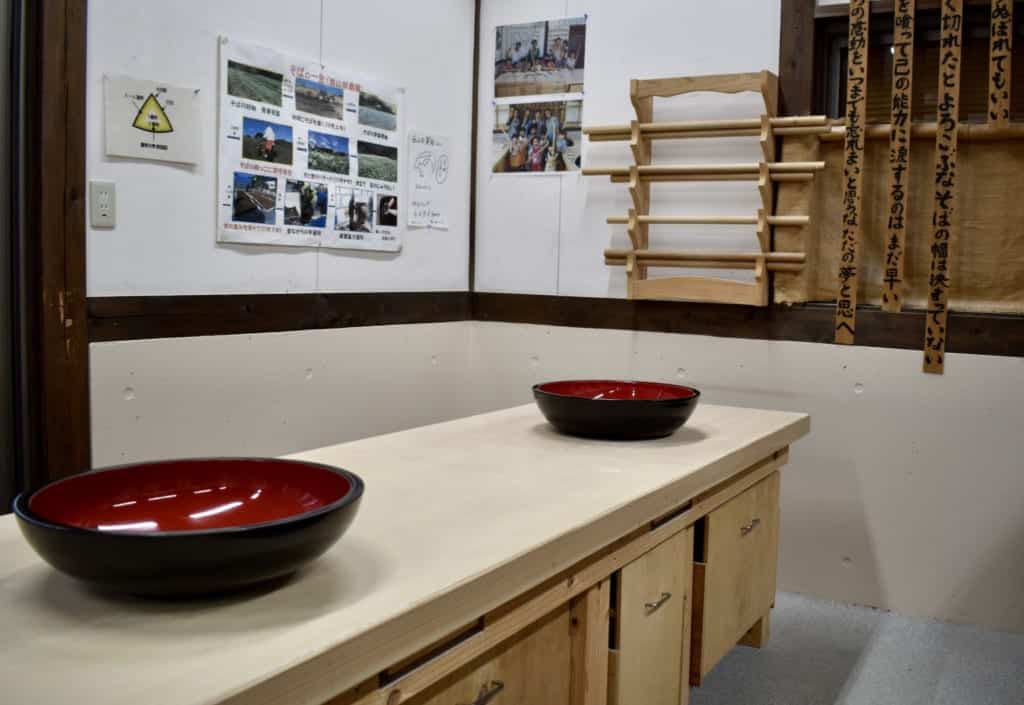
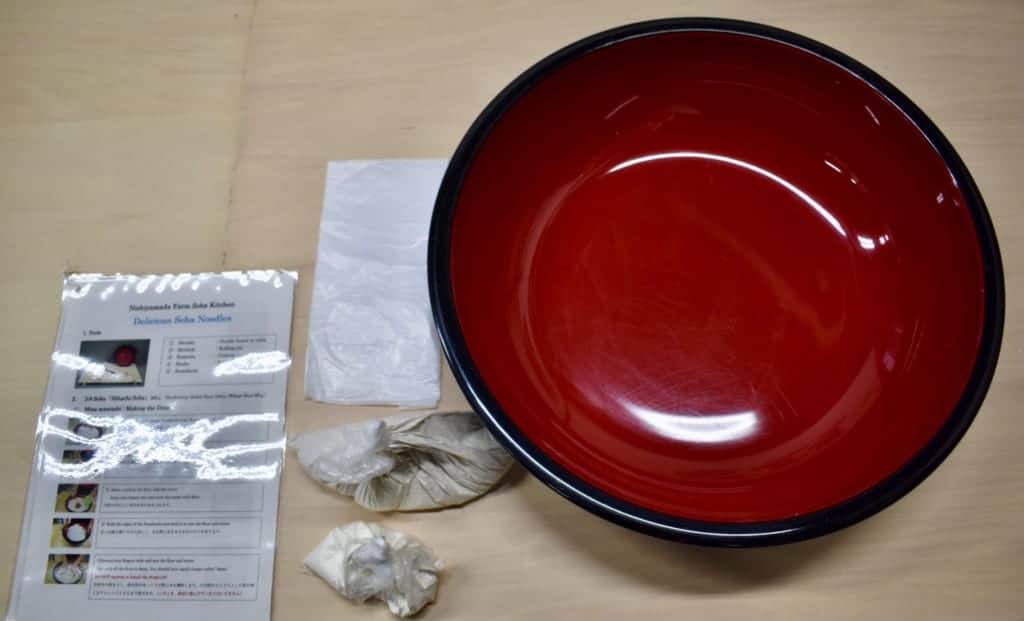
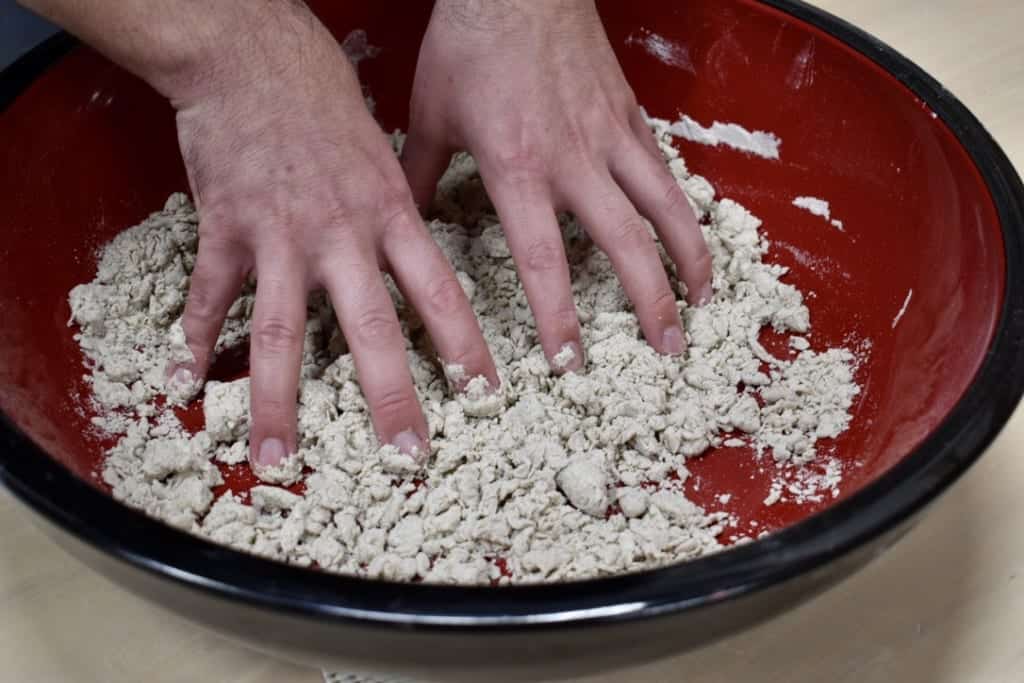
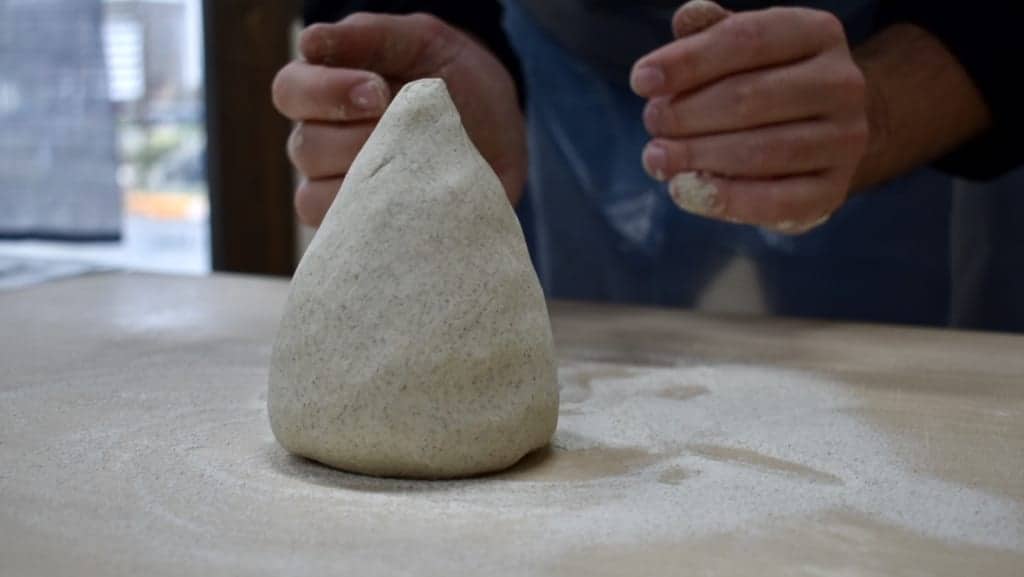
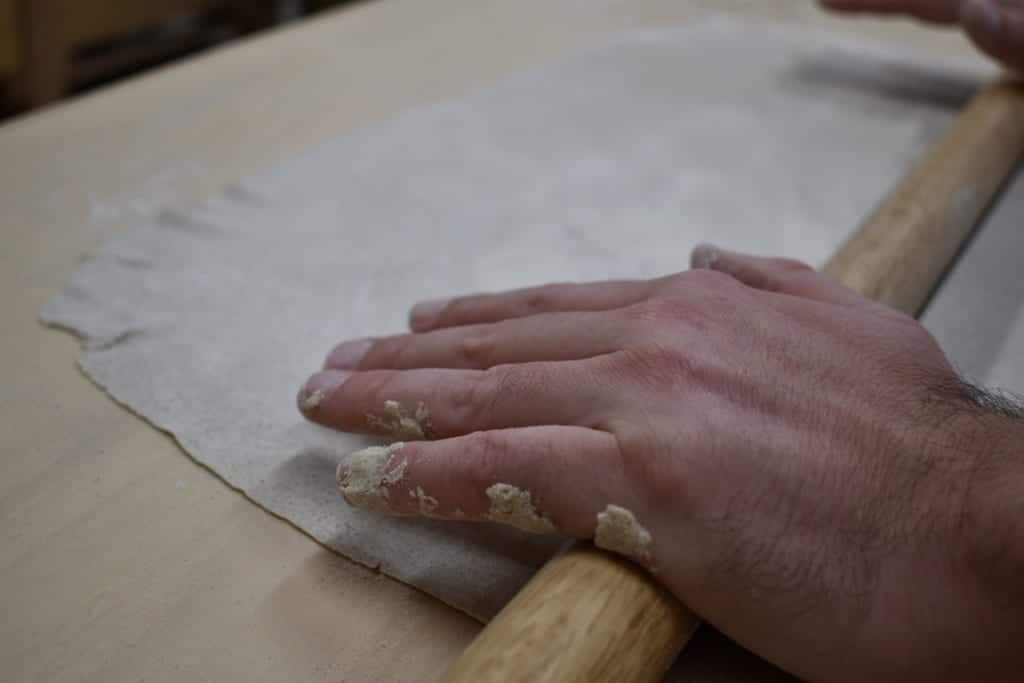
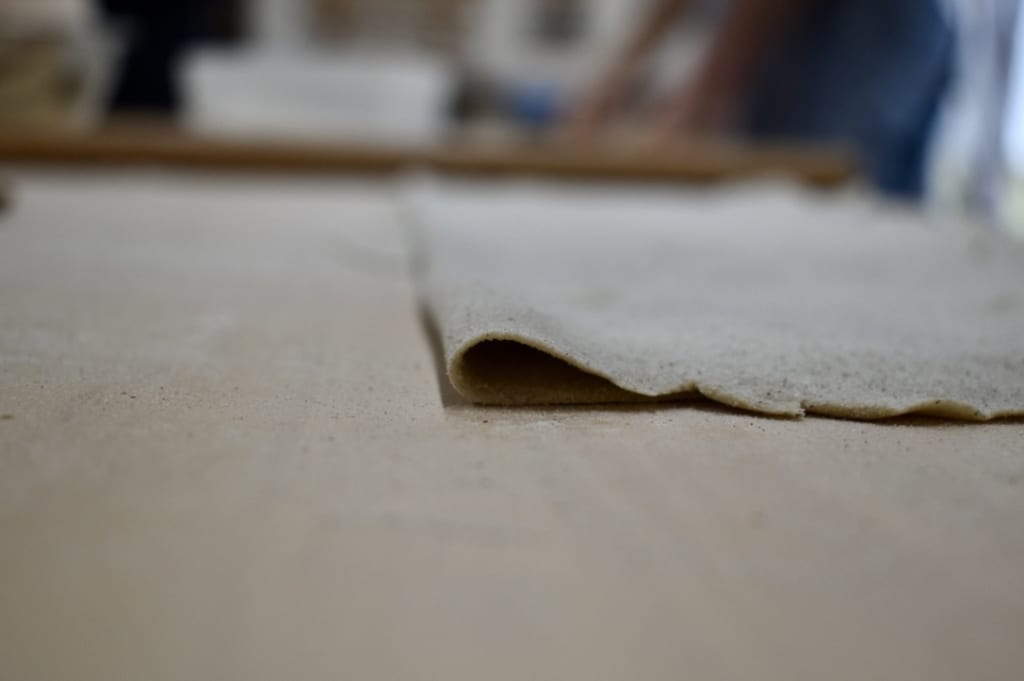
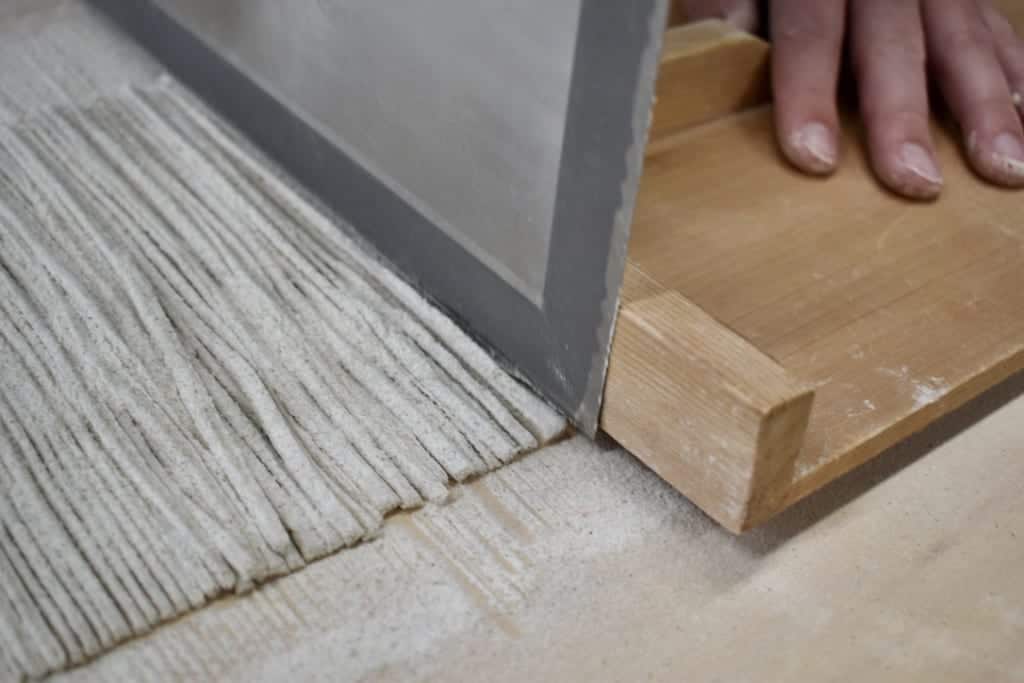
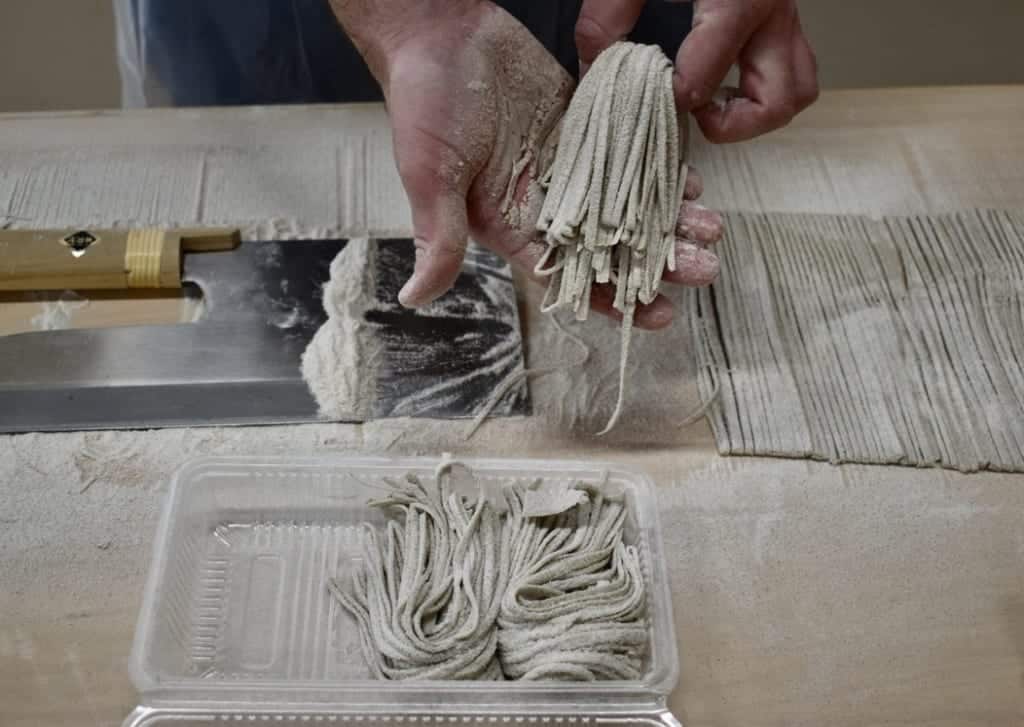
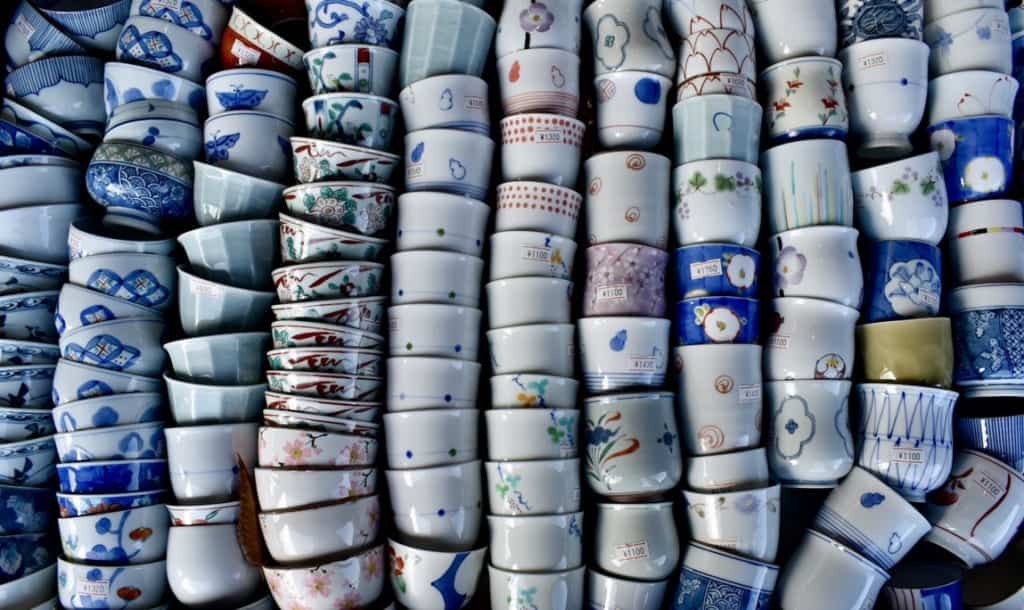
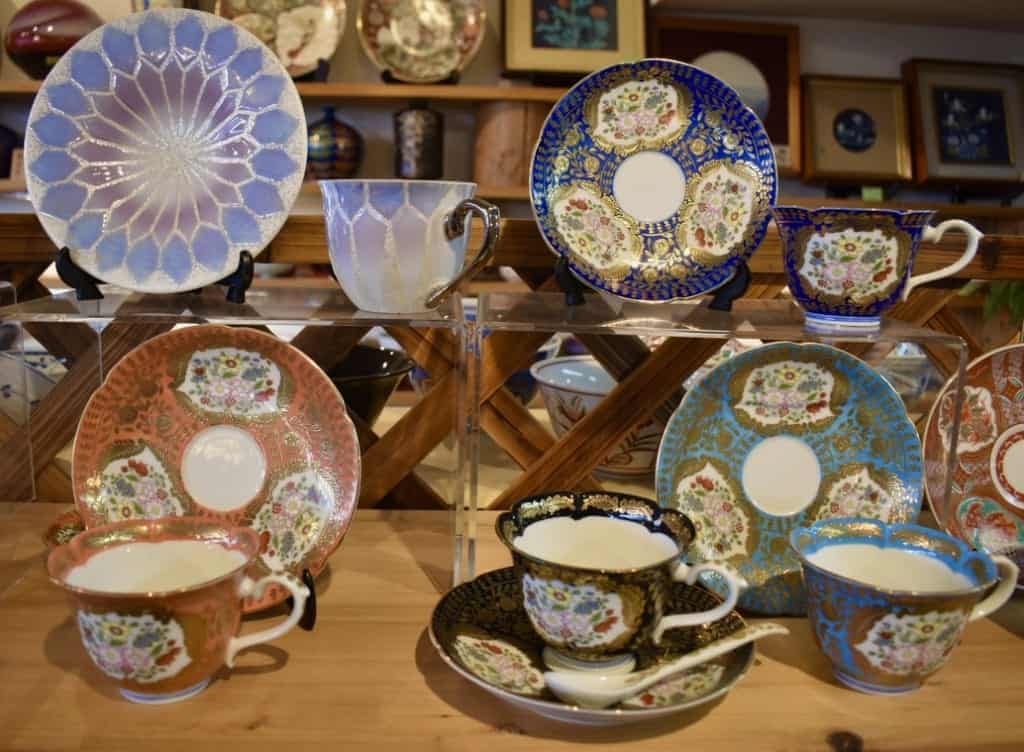
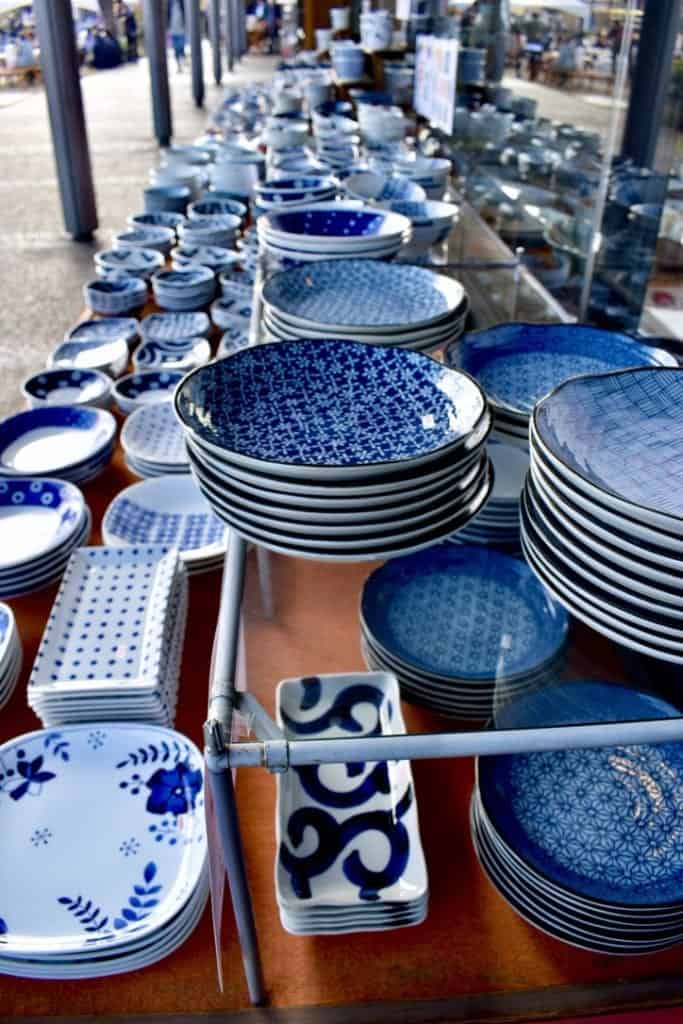
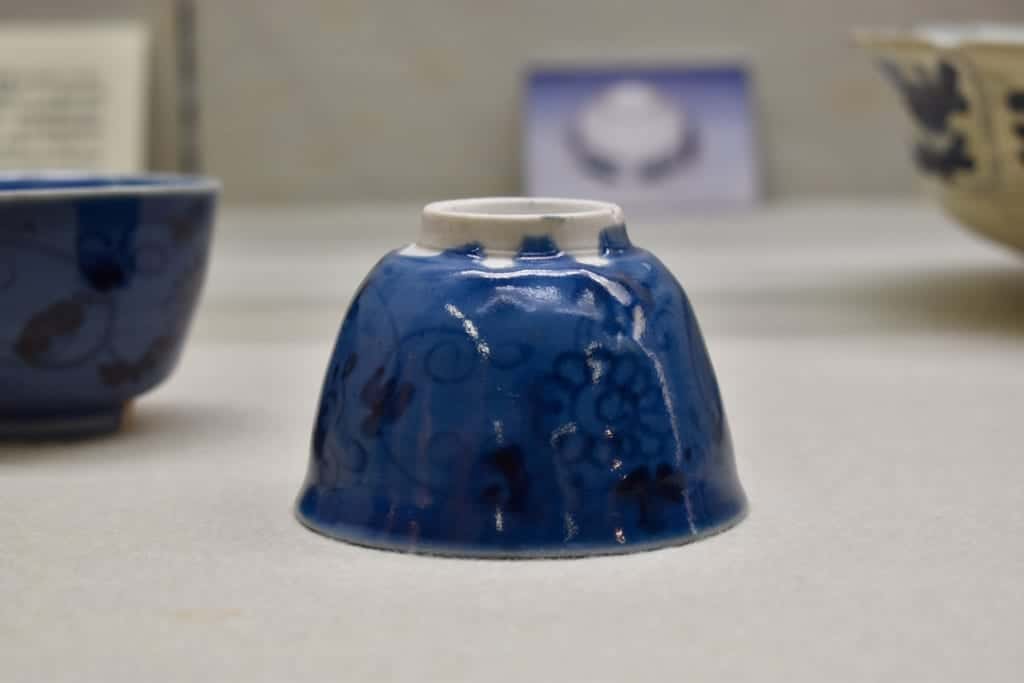
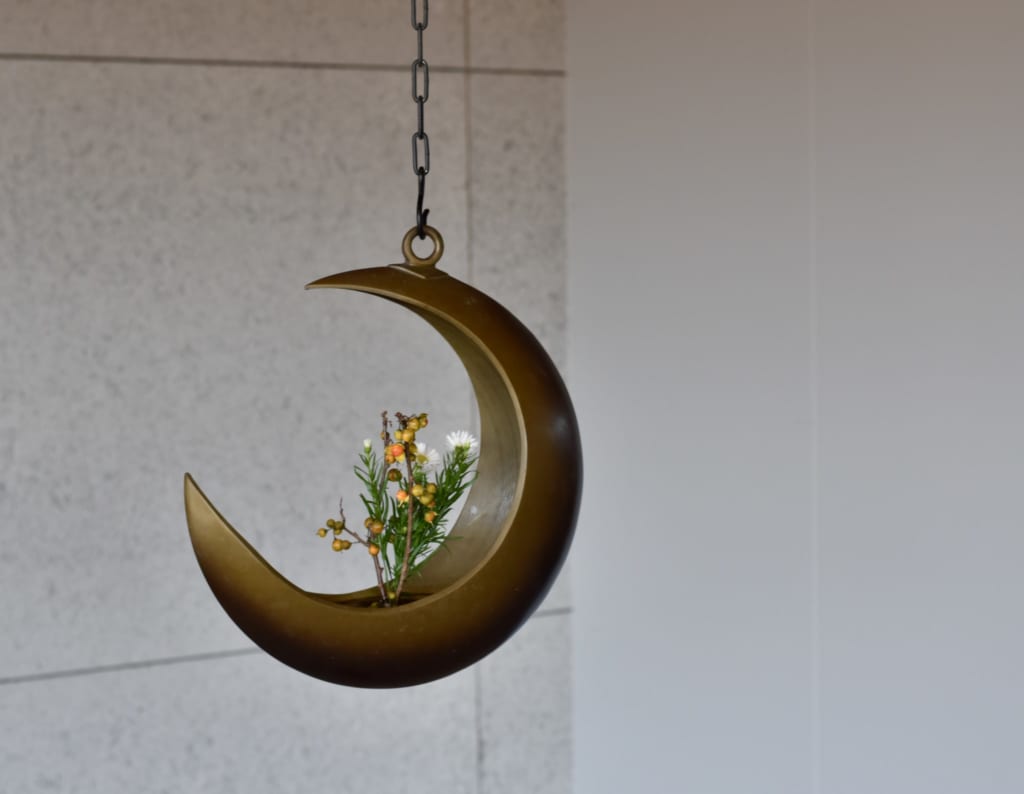
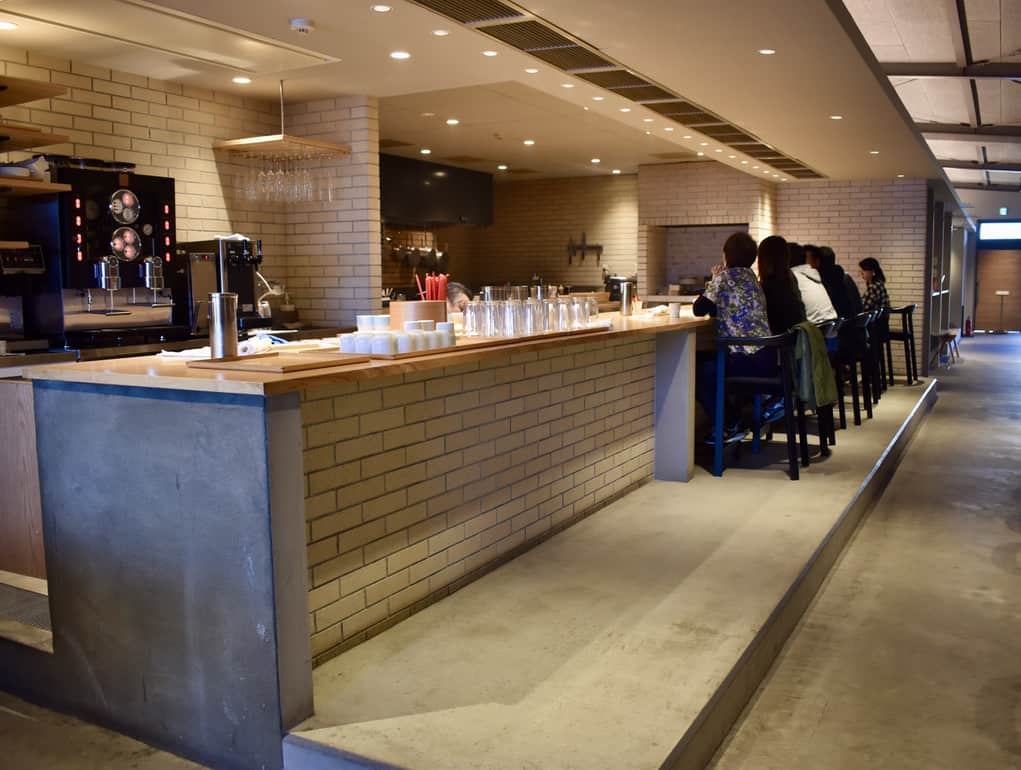
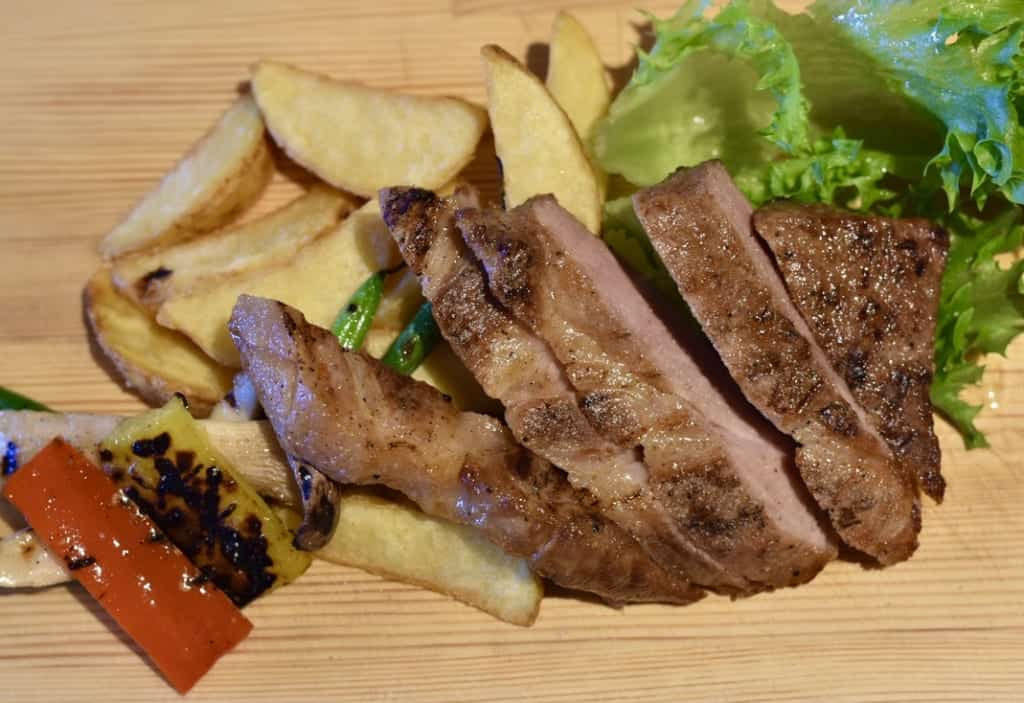
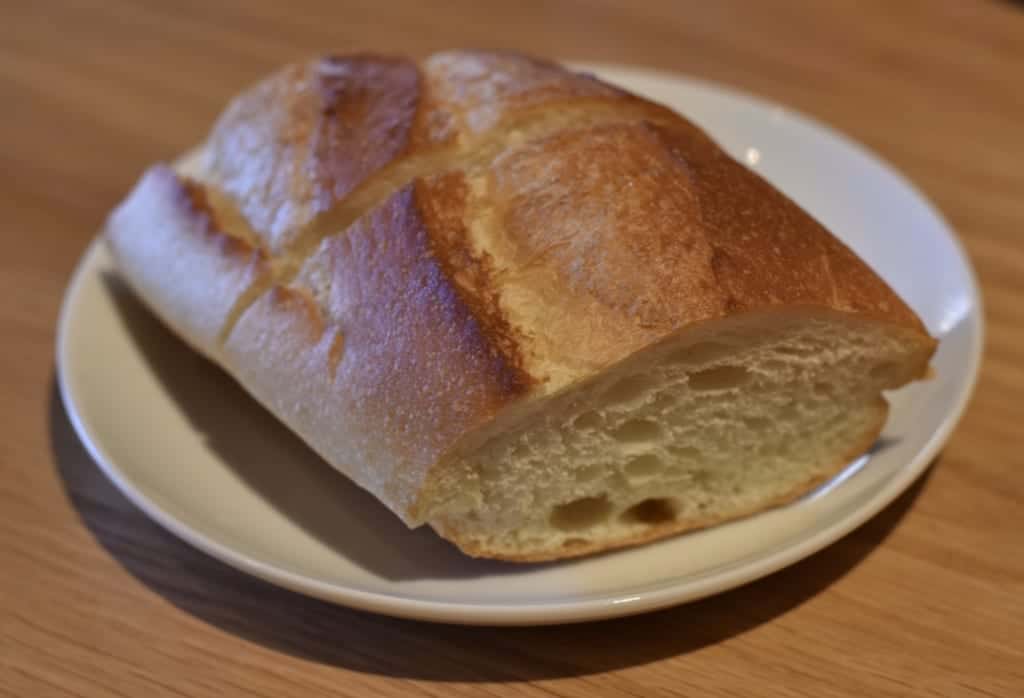
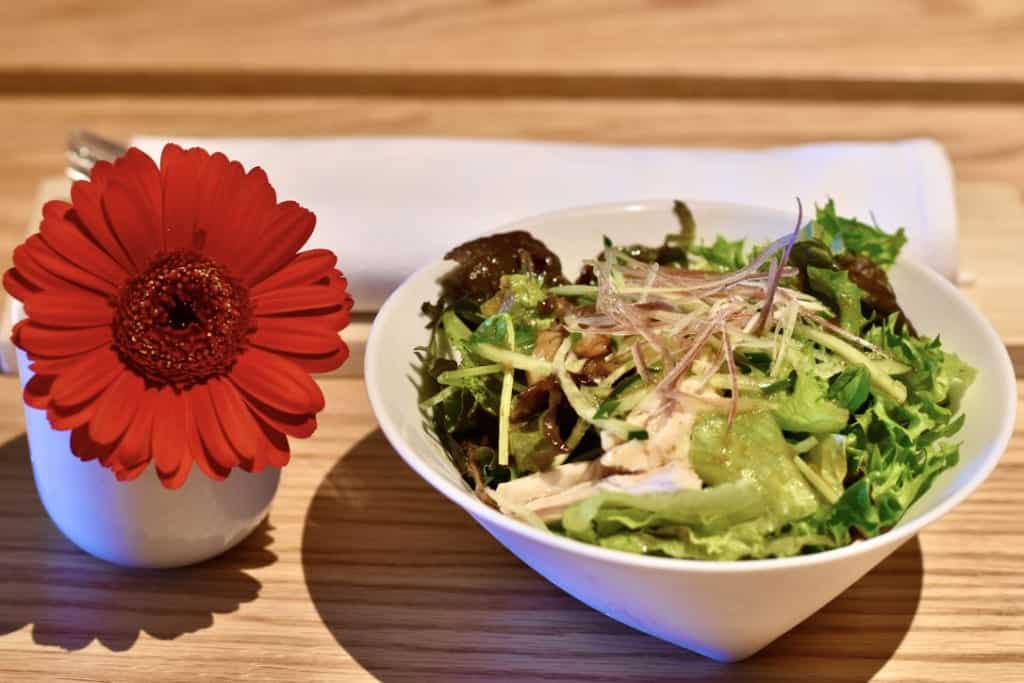
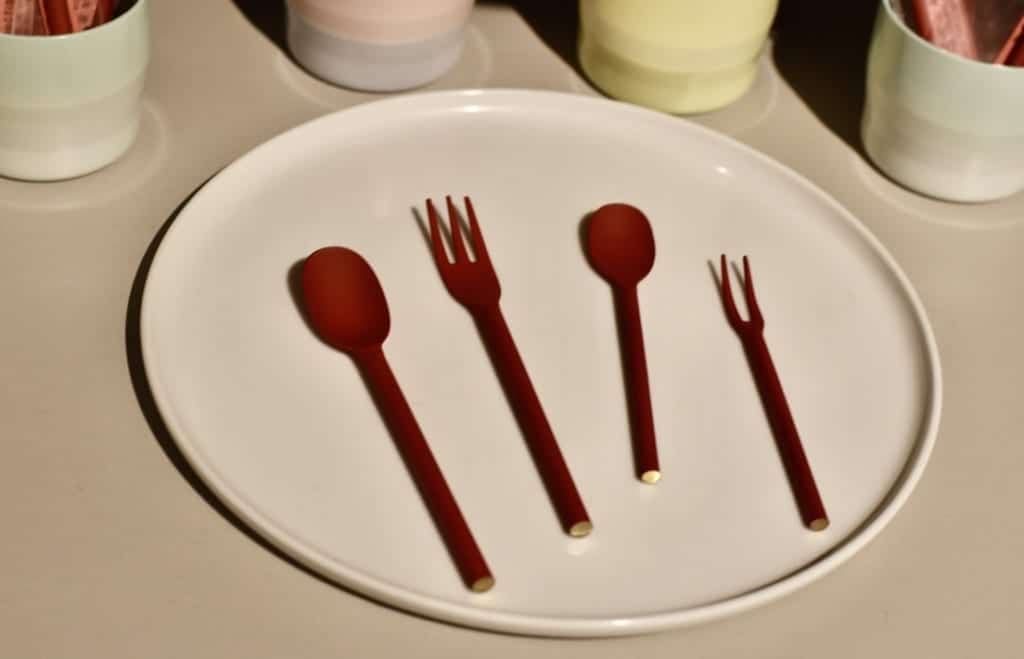
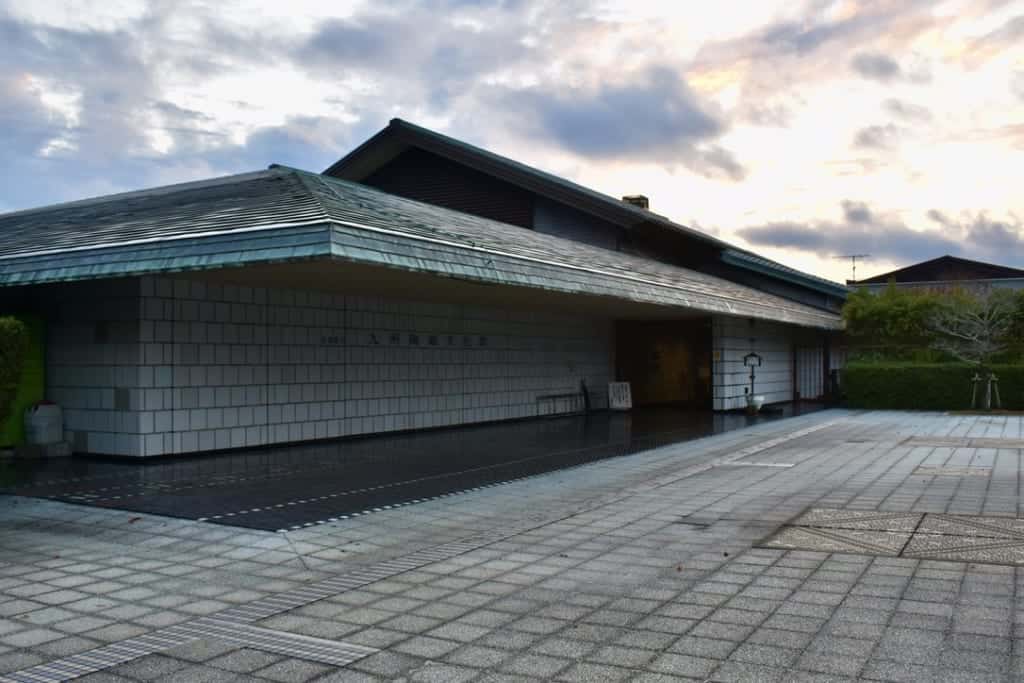
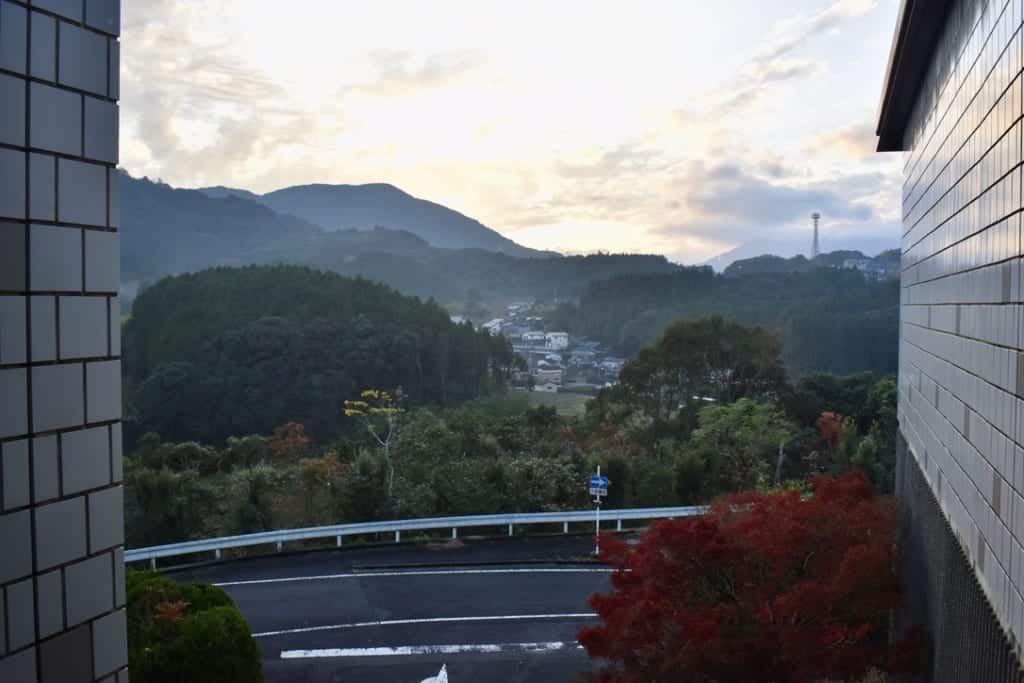
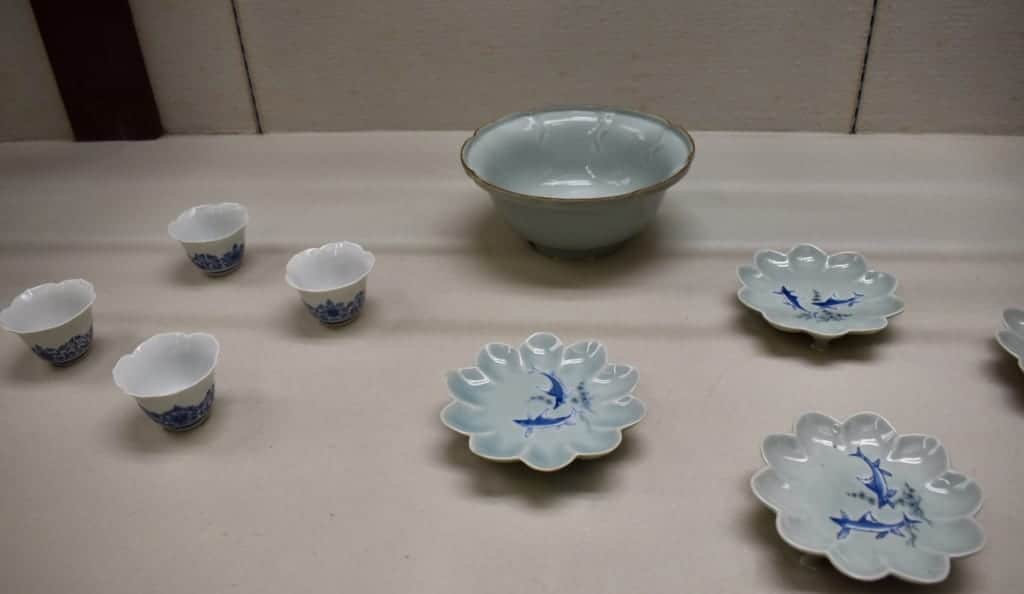
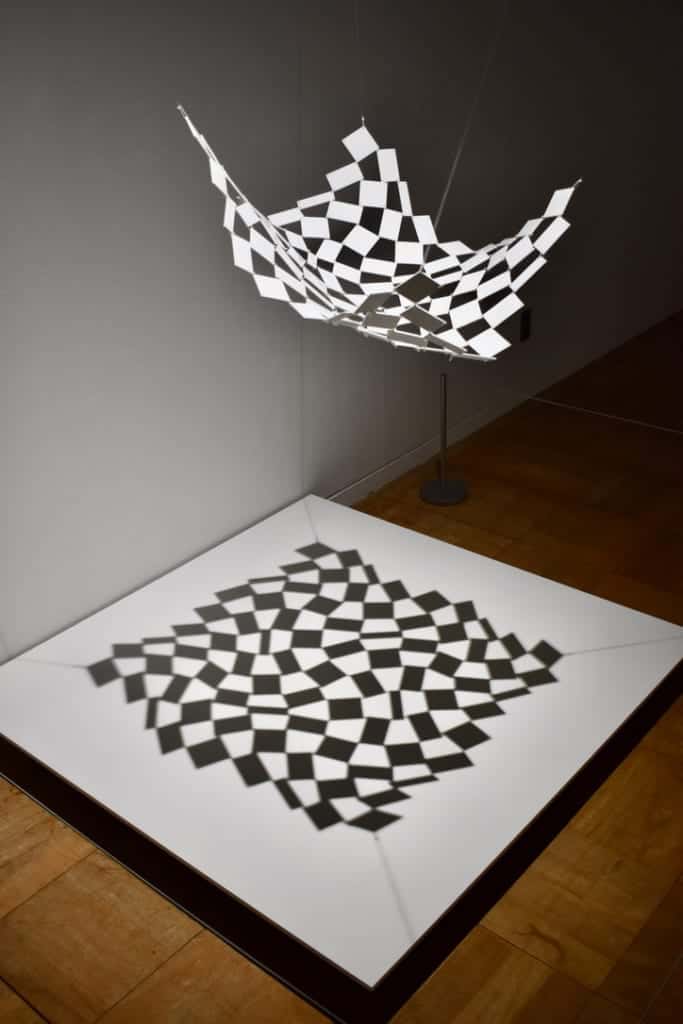
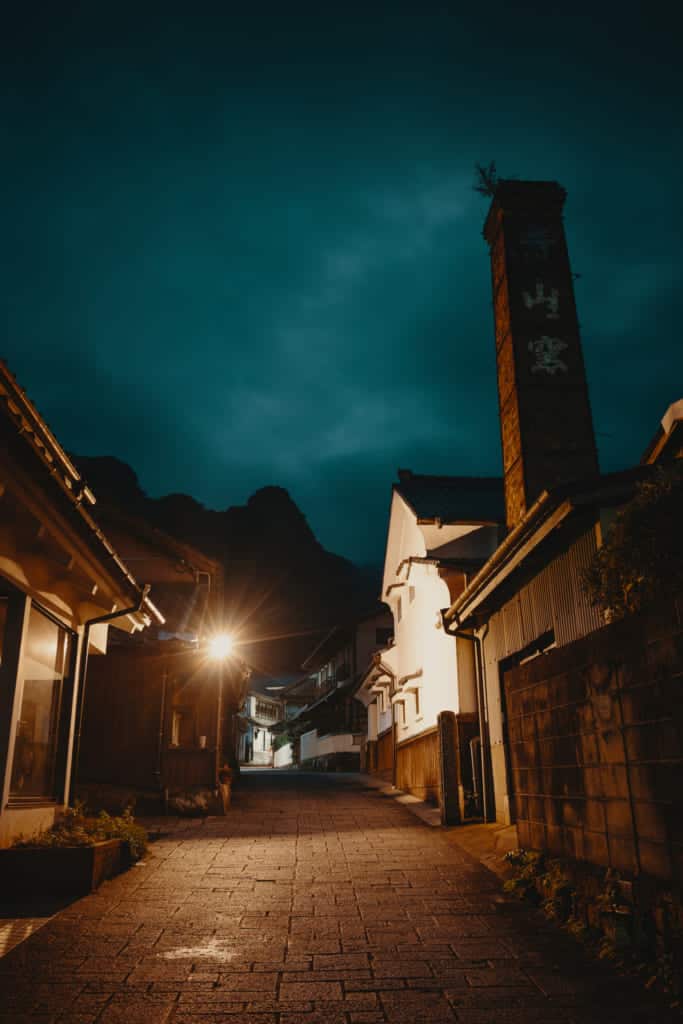
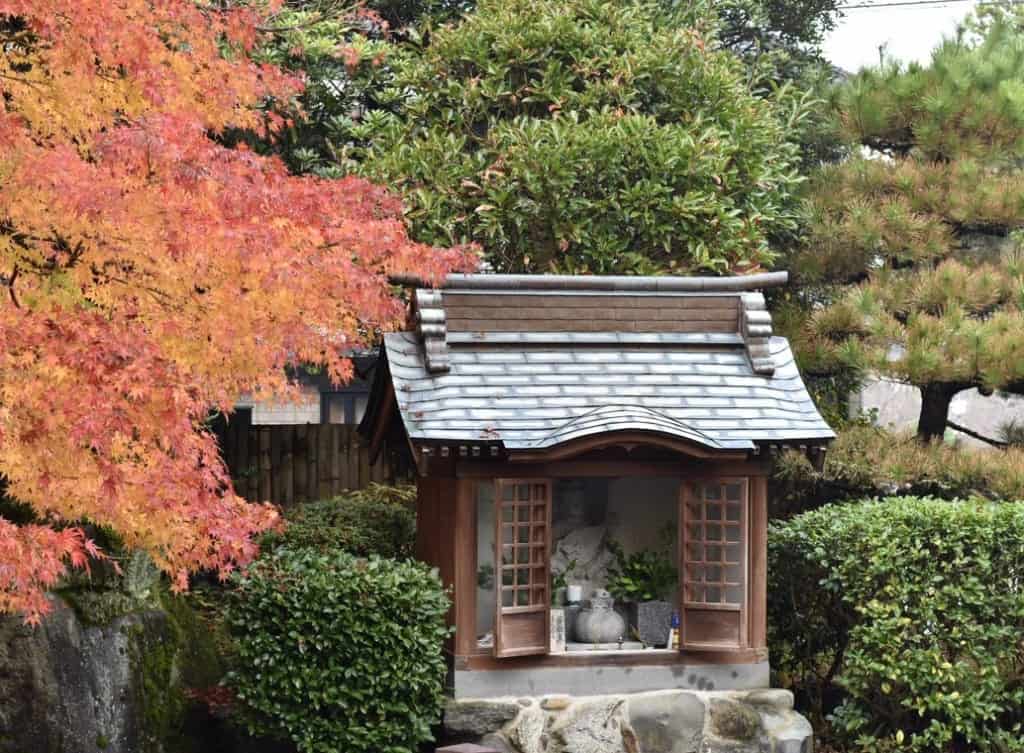
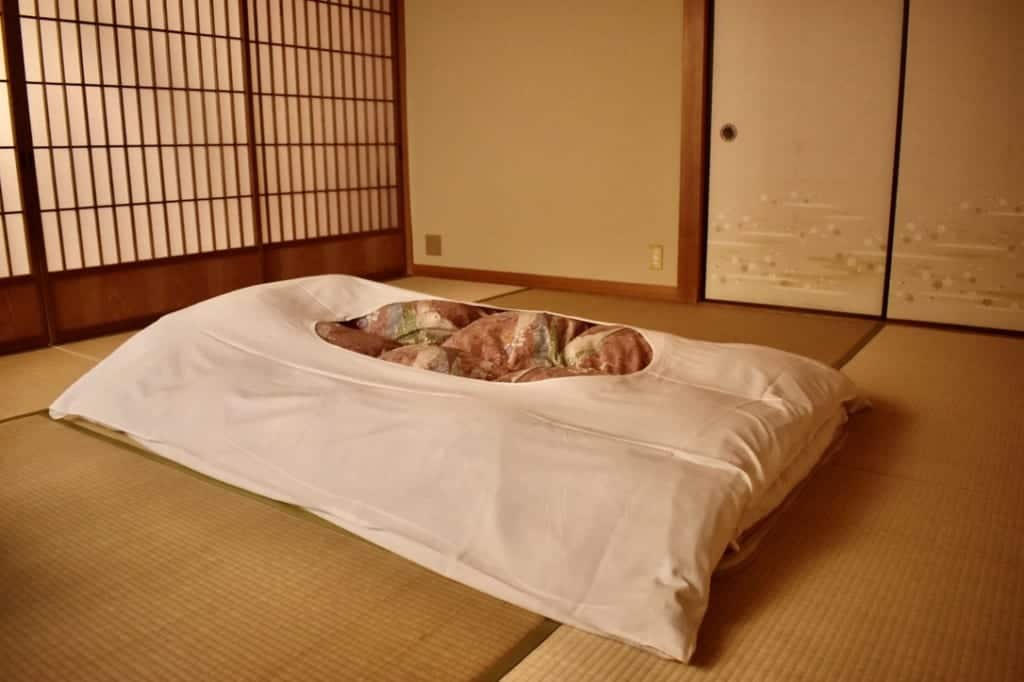
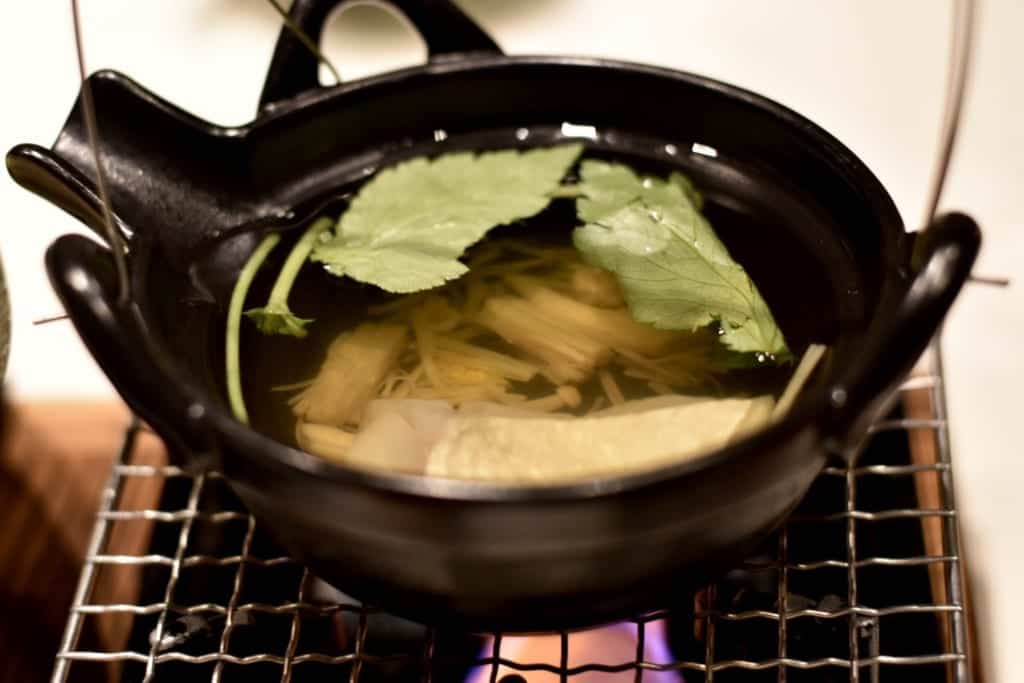
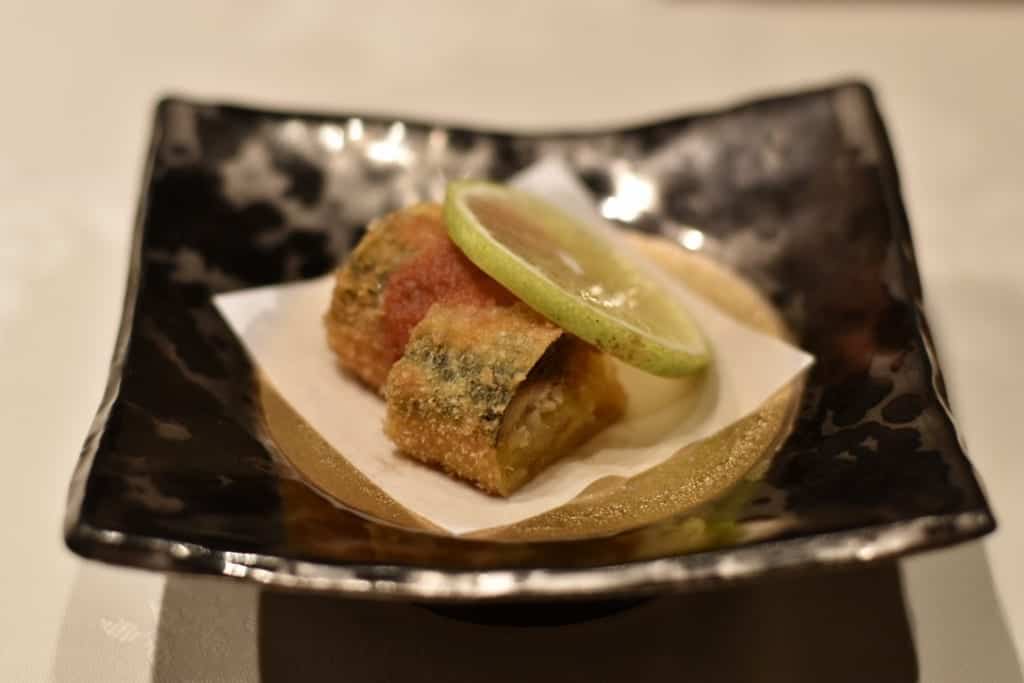
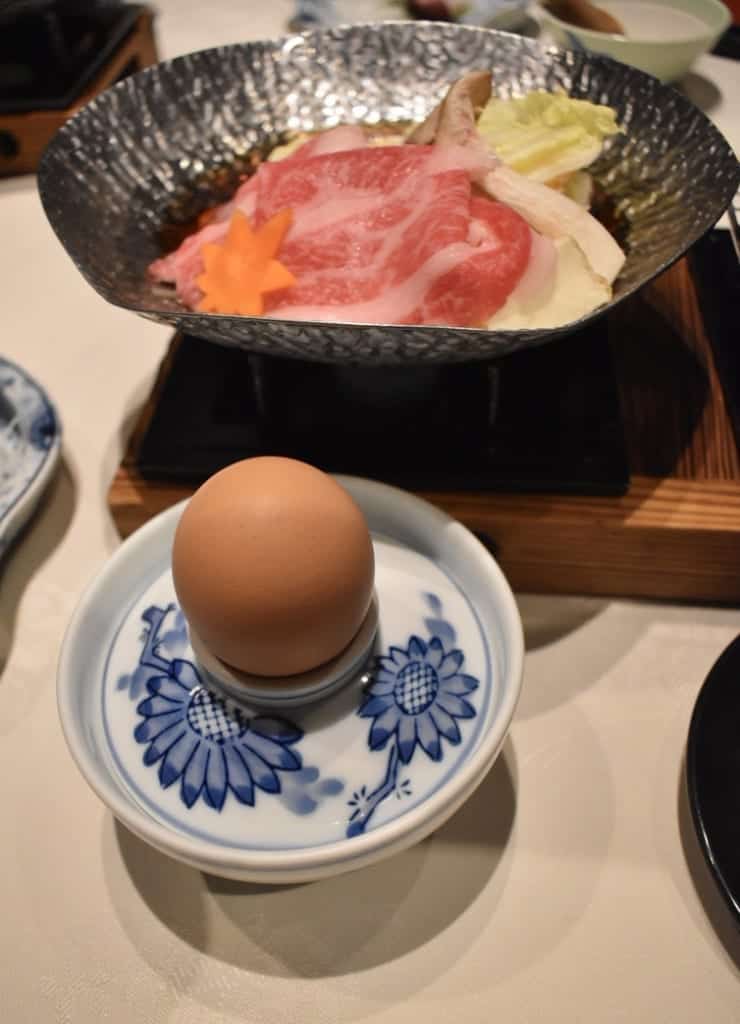
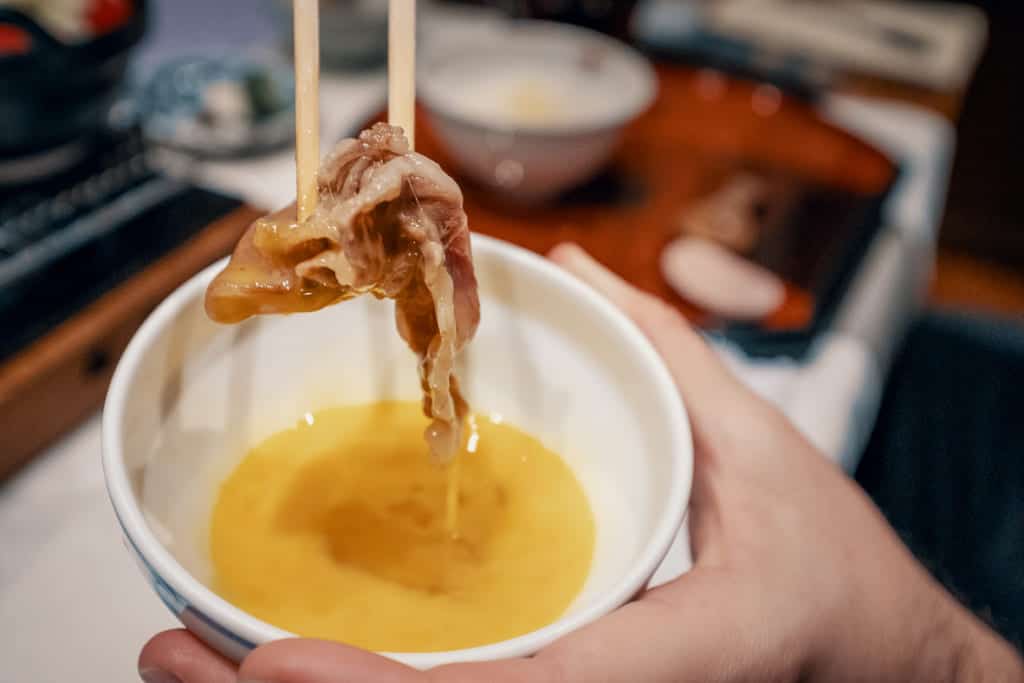
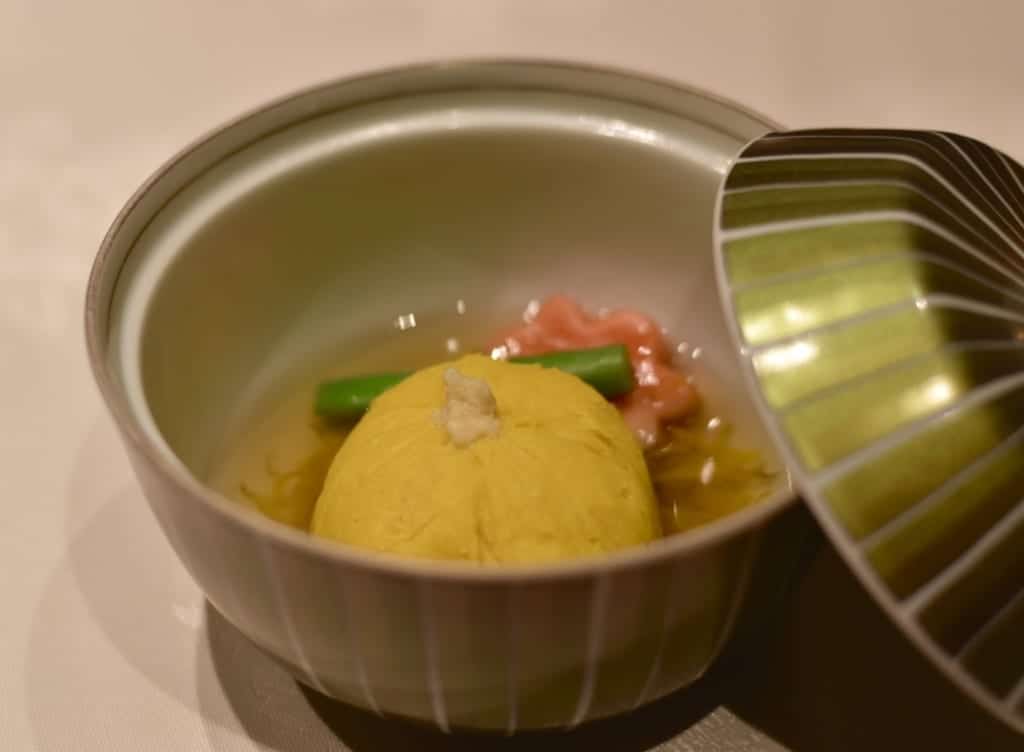
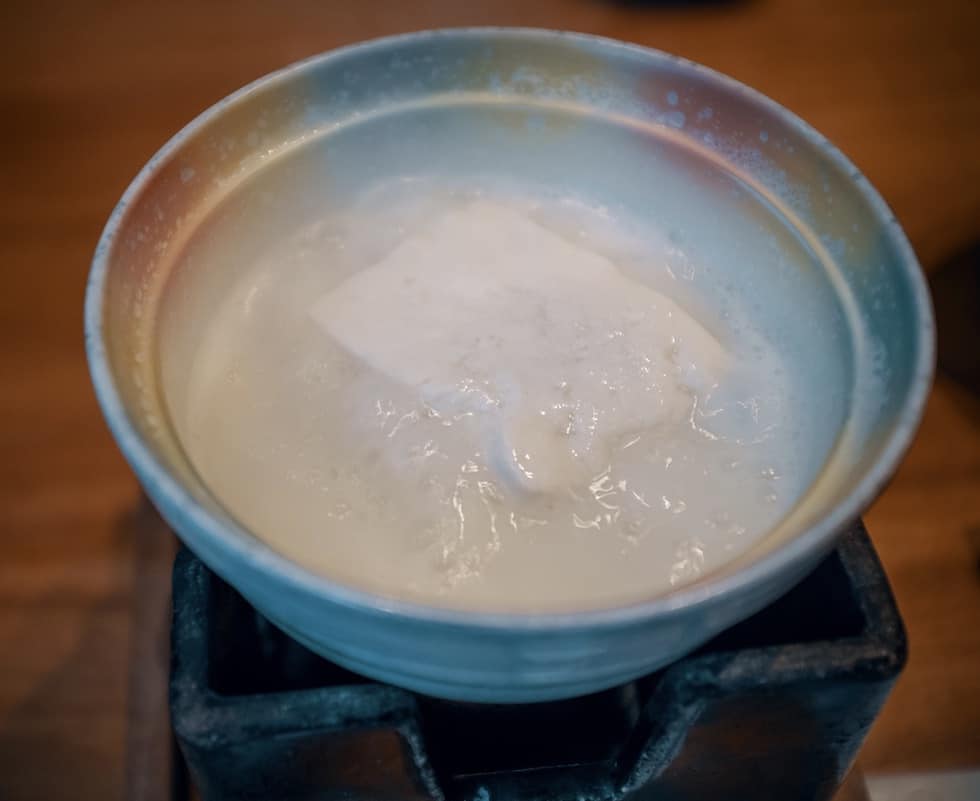
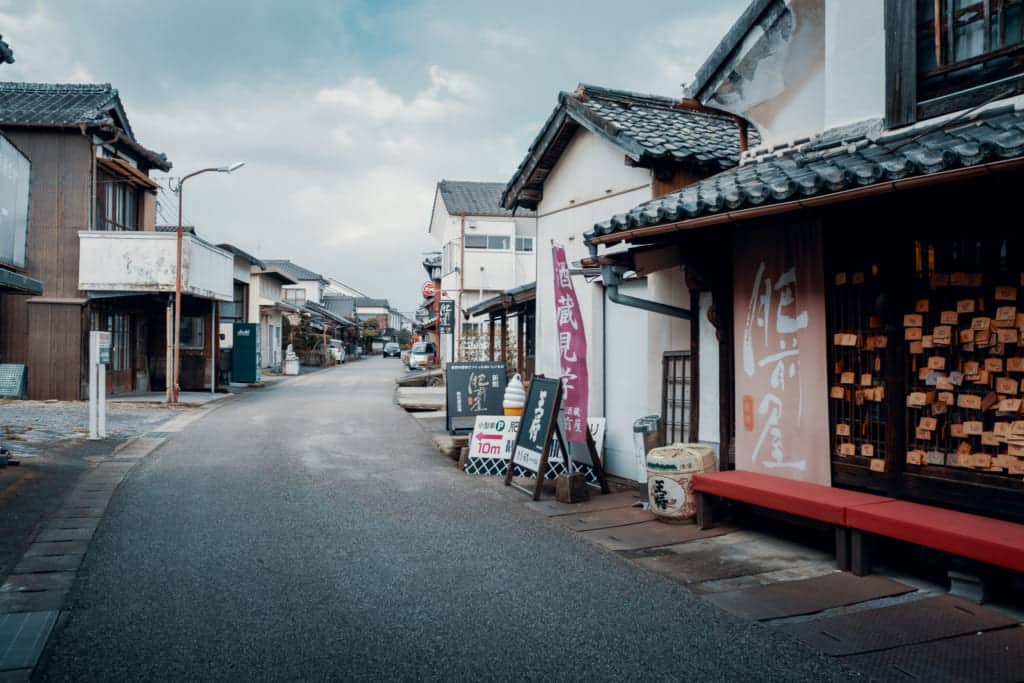

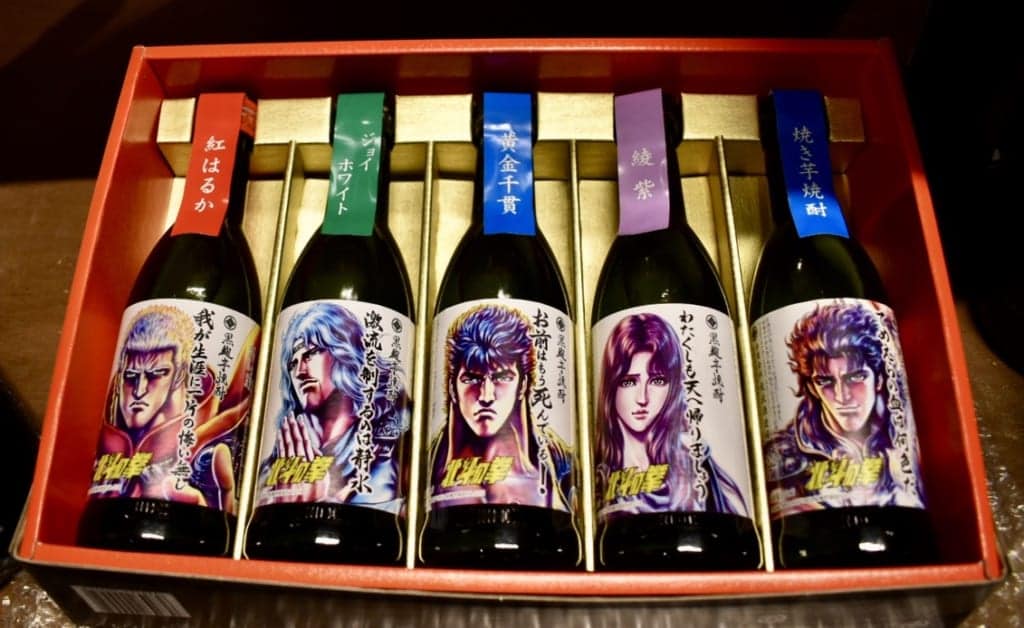
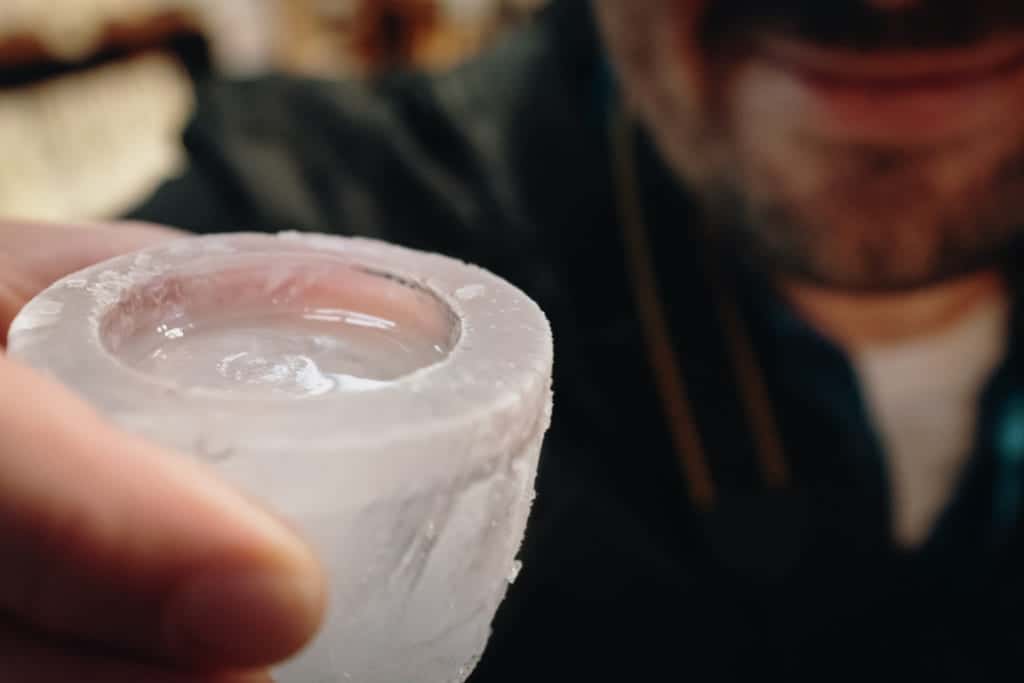
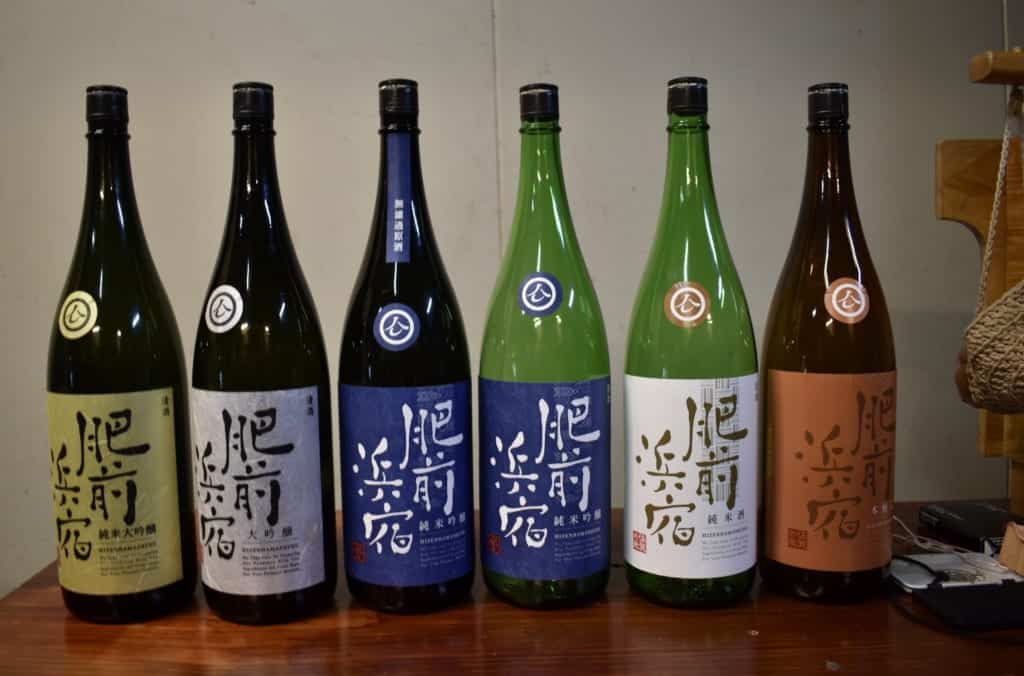
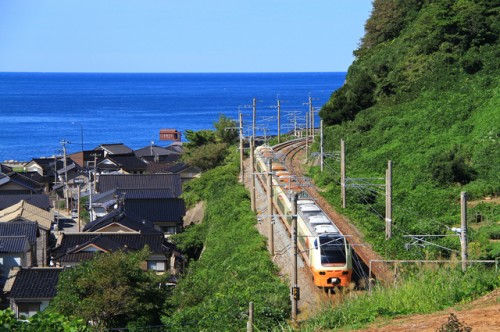
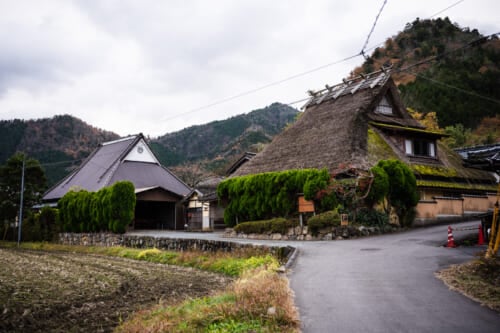
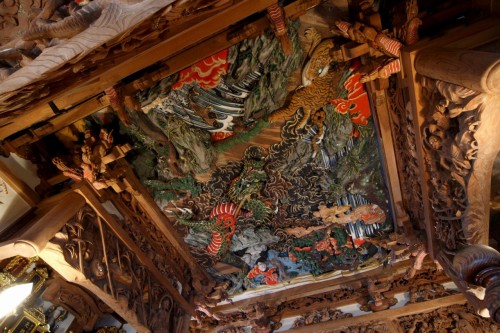
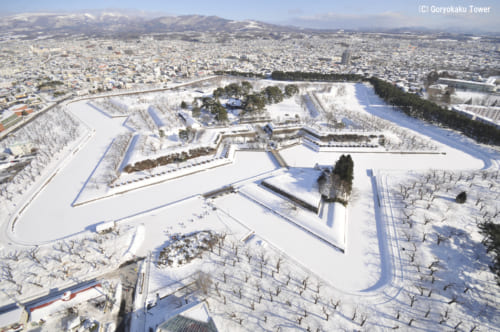


No Comments yet!